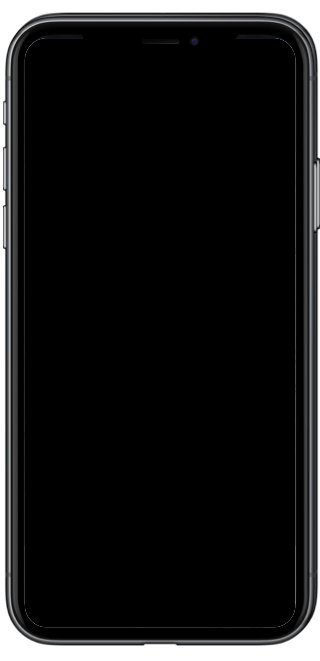RideCheck: Connecting you with help when you need it
Written byOur global safety team has a simple, critical mission: to help set the standard for ridesharing safety.
Over the past three years, we’ve introduced new safety features, including an in-app emergency button with the ability to digitally share trip information with 911 dispatchers, and made investments in new processes and technologies to help improve the safety of the platform.

A year ago, we raised the bar once more with a number of new features, including RideCheck. RideCheck proactively surfaces tools riders and drivers may need when it detects something may have gone wrong, like a possible crash or an unexpected long stop.
For the past year, we’ve been piloting and refining RideCheck to ensure it works well for our customers and partners. Today, I am proud to announce that RideCheck is now available for all riders and drivers in the United States with plans to expand to more countries soon.
How RideCheck Works
Since our first ride nearly a decade ago, GPS has been the backbone of the Uber experience. Every trip is on the map, so we know where and when you’re riding and who’s behind the wheel. By using this data and other sensors in drivers’ smartphones, our technology can detect possible crashes or if a trip goes unusually off course.
 When a RideCheck is initiated, both a rider and driver will receive a notification asking if everything is OK. They can let us know through the app that all is well, or take other actions like using the emergency button or reporting the issue to Uber’s Safety Line. Our safety team may also follow up by phone to inquire about the RideCheck. In the event of a crash, we can also help expedite the insurance claims process.
When a RideCheck is initiated, both a rider and driver will receive a notification asking if everything is OK. They can let us know through the app that all is well, or take other actions like using the emergency button or reporting the issue to Uber’s Safety Line. Our safety team may also follow up by phone to inquire about the RideCheck. In the event of a crash, we can also help expedite the insurance claims process.
This technology will continue to evolve, and we are working to add additional scenarios to RideCheck. Helping keep millions of riders and drivers around the world safe is a huge responsibility with unique challenges. While I’m proud of the progress we’ve made, when it comes to safety, we know our work is never done.